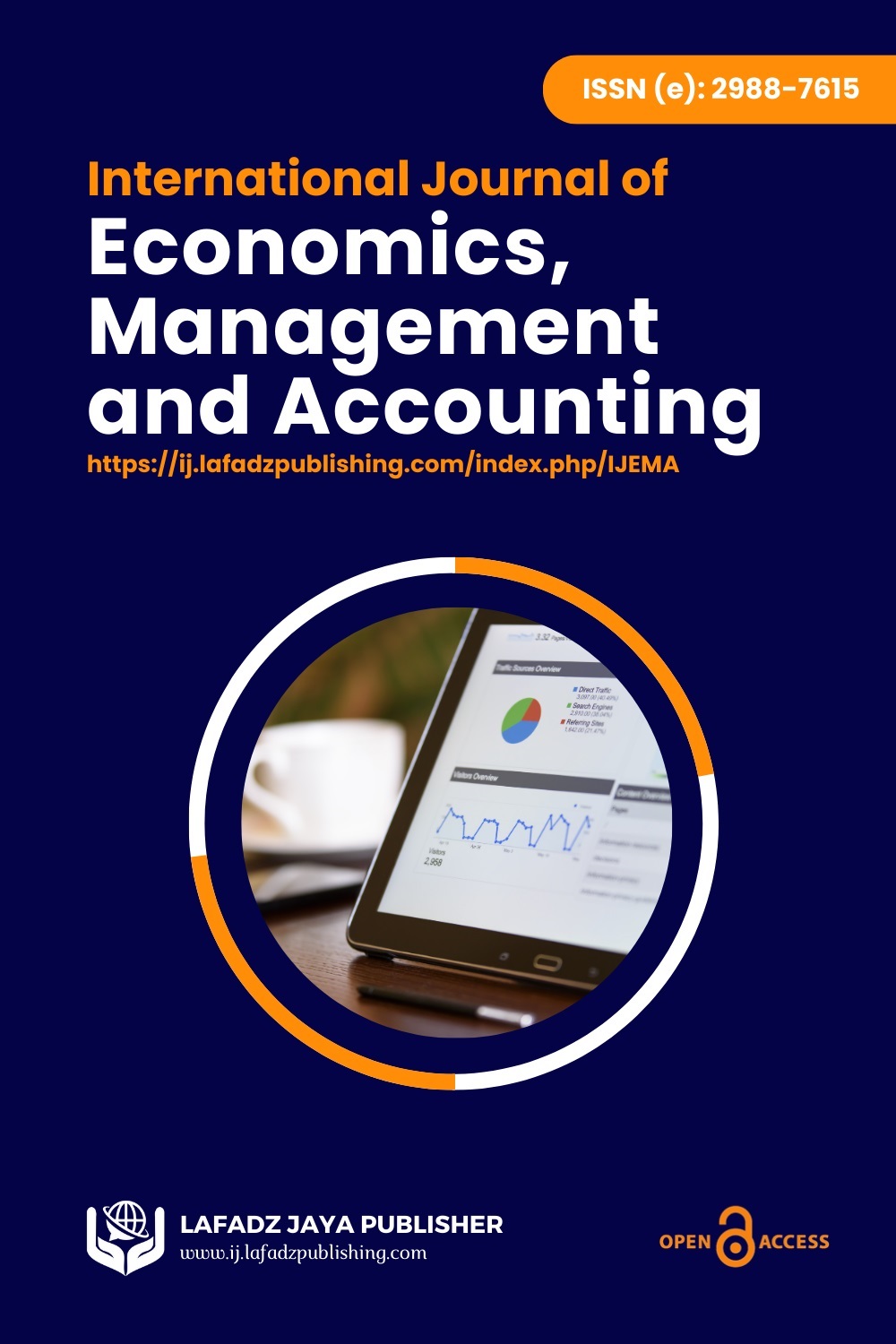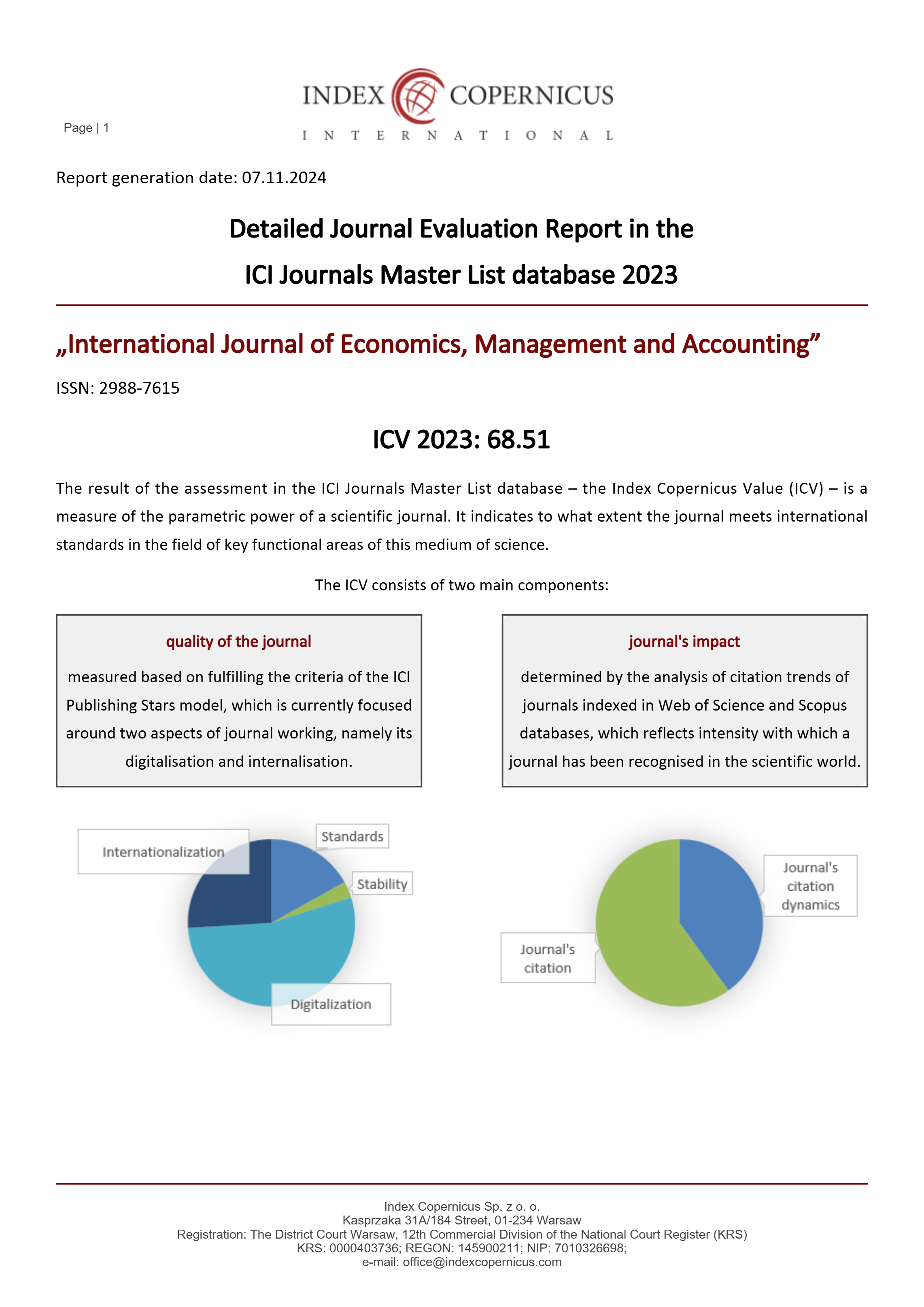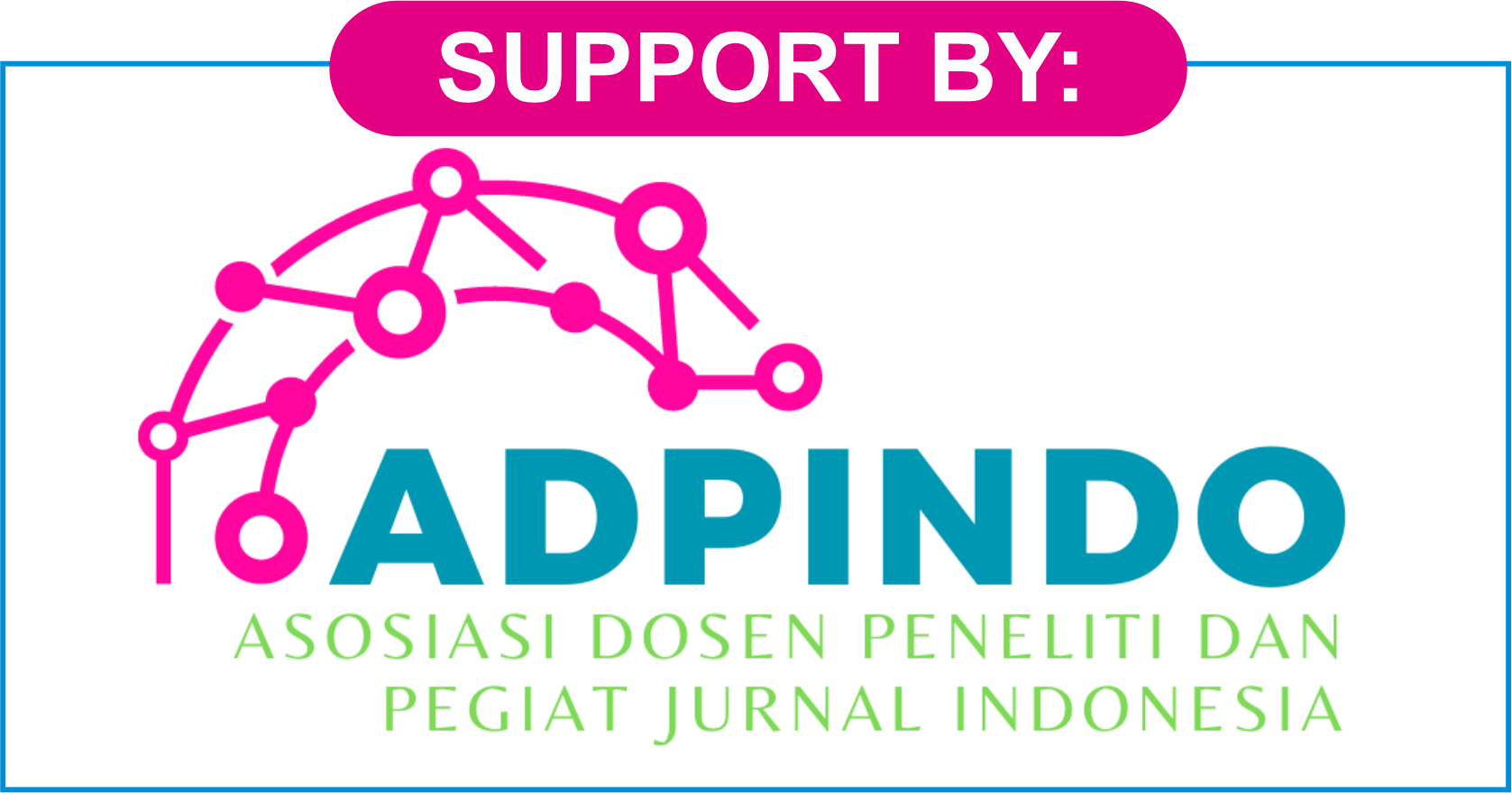Optimizing Decision-Making in Higher Education Institutions through AI-Driven Business Intelligence in the Digital Era
DOI:
https://doi.org/10.47353/ijema.v3i3.328Keywords:
Acceptance Model, Artificial Intelligence, Business Intelligence, Decision-Making, Digital Transformation, Higher Education, TechnologyAbstract
Digital transformation in higher education requires institutions to adopt intelligent technologies that support more accurate and data-driven decision-making. This study investigates the integration of Artificial Intelligence (AI) into Business Intelligence (BI) systems within Indonesian universities using the Technology Acceptance Model (TAM) as the theoretical framework. A mixed-methods approach was employed, involving surveys (n = 75) and interviews with academic leaders and information technology (IT) staff. The results show that AI-enhanced BI systems significantly improve decision-making effectiveness, particularly in academic planning and administrative efficiency. Regression analysis revealed that perceived usefulness and perceived ease of use explained 58% of the variance in decision effectiveness, while all variables combined (including management support and digital literacy) accounted for 69%. These findings validate the TAM in the context of AI-based decision systems in education. This study contributes both theoretically and practically by offering evidence-based recommendations for strengthening data-driven culture and institutional readiness for adopting intelligent information systems.
Downloads
References
Chatti, M. A., Dyckhoff, A. L., Schroeder, U., & Thüs, H. (2012). A reference model for learning analytics. International Journal of Technology Enhanced Learning, 4(5/6), 318. https://doi.org/10.1504/IJTEL.2012.051815
Chaudhuri, S., Dayal, U., & Narasayya, V. (2011). An overview of business intelligence technology. Communications of the ACM, 54(8), 88–98. https://doi.org/10.1145/1978542.1978562
Davis, F. D. (1989). Perceived usefulness, perceived ease of use, and user acceptance of information technology. MIS Quarterly, 13(3), 319. https://doi.org/10.2307/249008
Del Vecchio, P., Di Minin, A., Petruzzelli, A. M., Panniello, U., & Pirri, S. (2018). Big data for open innovation in SMEs and large corporations: Trends, opportunities, and challenges. Creativity and Innovation Management, 27(1), 6–22. https://doi.org/10.1111/caim.12224
Gandomi, A., & Haider, M. (2015). Beyond the hype: Big data concepts, methods, and analytics. International Journal of Information Management, 35(2), 137–144. https://doi.org/10.1016/j.ijinfomgt.2014.10.007
Nugroho, A. W., & Utama, A. A. G. S. (2025). Business intelligence systems and their impact on organizational decision-making and performance outcomes: Literature review. Owner, 9(2). https://doi.org/10.33395/owner.v9i2.2646
Ramadhan, D., Budiatmo, A., & Prihatini, A. E. (2024). The influence of perceived usefulness and perceived ease of use on actual system use (A study of BNI mobile application users in Salatiga City). Jurnal Ilmu Administrasi Bisnis, 13(3), 620–628. https://ejournal3.undip.ac.id/index.php/jiab
Russell, S., & Norvig, P. (2010). Artificial intelligence: A modern approach (3rd ed.). Prentice Hall PEARSON.
Sharma, R., Mithas, S., & Kankanhalli, A. (2014). Transforming decision-making processes: A research agenda for understanding the impact of business analytics on organizations. European Journal of Information Systems, 23(4), 433–441. https://doi.org/10.1057/ejis.2014.17
Shollo, A., & Galliers, R. D. (2016). Towards an understanding of the role of business intelligence systems in organizational knowing. Information Systems Journal, 26(4), 339–367. https://doi.org/10.1111/isj.12071
Sorour, A., Atkins, A. S., Stanier, C. F., & Alharbi, F. D. (2020). The role of business intelligence and analytics in higher education quality: A proposed architecture. In 2019 International Conference on Advanced Emergency Computing Technologies (AECT). https://doi.org/10.1109/AECT47998.2020.9194157
Ward, S. (2022). Market orientation – Does it exist in Australian universities?
Wang, Y., Kung, L., & Byrd, T. A. (2018). Big data analytics: Understanding its capabilities and potential benefits for healthcare organizations. Technological Forecasting and Social Change, 126, 3–13. https://doi.org/10.1016/j.techfore.2015.12.019
Yeboah, A. (2023). Knowledge sharing in organizations: A systematic review. Cogent Business & Management, 10(1). https://doi.org/10.1080/23311975.2023.2195027
Al-Debei, M. M., & Avison, D. (2010). Developing a unified framework of the business model concept. European Journal of Information Systems, 19(3), 359–376. https://doi.org/10.1057/ejis.2010.21
Baker, R. S., & Inventado, P. S. (2014). Educational data mining and learning analytics. In J. A. Larusson & B. White (Eds.), Learning analytics (pp. 61–75). Springer. https://doi.org/10.1007/978-1-4614-3305-7_4
Brynjolfsson, E., Hitt, L. M., & Kim, H. H. (2011). Strength in numbers: How does data-driven decisionmaking affect firm performance? SSRN Electronic Journal. https://doi.org/10.2139/ssrn.1819486
Downloads
Published
How to Cite
Issue
Section
License
Copyright (c) 2025 Maxsi Ary, Rian Andriani, Willma Fauzzia

This work is licensed under a Creative Commons Attribution 4.0 International License.











